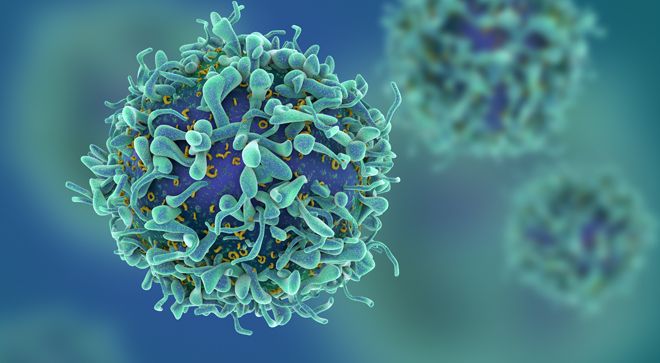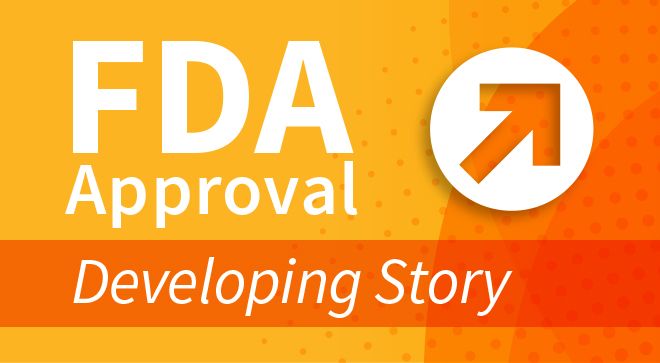Article
Oral Blood Thinner May Reduce Blood Clots in High-Risk Patients with Cancer
Author(s):
The oral blood thinner Xarelto (rivaroxaban) significantly reduced blood clots for high-risk patients with cancer being treated in the outpatient setting, according to results from the CASSINI trial.
The oral blood thinner Xarelto (rivaroxaban) significantly reduced blood clots for high-risk patients with cancer being treated in the outpatient setting, according to results from the CASSINI trial published in the New England Journal of Medicine.
“Blood clots are really common in cancer patients. They can happen before the diagnosis, they can actually lead to the diagnosis of cancer, but most commonly they start after patients have started treatment for the cancer,” primary investigator Alok Khorana, M.D., medical oncologist at the Cleveland Clinic, said in an interview with CURE.
“The reason this is important for cancer patients is because they are quite prevalent,” he added. “A rough estimate is that one in five cancer patients will get a blood clot at some point during the natural history of their illness.”
In addition, blood thinners are often administered in the hospital setting when a patient is receiving treatment or with surgical care. However, with cancer treatment moving to the outpatient setting with oral drugs, these blood clots are occurring outside of the hospital, leaving patients at an extended risk.
Therefore, the researchers evaluated the efficacy and safety of Xarelto in patients with a solid tumor (pancreatic, breast, gastric, genitourinary, lung or ovarian) or lymphoma who had a risk score, known as the Khorana score, of 2 or higher and were initiating a new systemic therapy. In total, 841 patients were randomized to receive either 10 mg of oral Xarelto once daily or a placebo for 180 days.
Blood clots occurred in 2.6 percent of patients during the intervention period with Xarelto, compared to 6.4 percent of patients in the placebo group. During the full study — which included follow-up – the gap between these interventions narrowed to 6 percent and 8.8 percent, respectively.
In addition, those treated with Xarelto were less likely to die from blood clots (23.1 percent vs. 29.5 percent) compared with the placebo group.
Major bleeding, which is a dangerous side effect associated with anticoagulants, occurred in less than 2 percent of patients who received Xarelto — a percentage that is on par with what would be expected from prophylactic anticoagulation in cancer patients,” according to a Cleveland Clinic press release.
In an interview with CURE, study investigator Nicole M. Kuderer, M.D., from the University of Washington and the Division of Hematology at Seattle Cancer Care Alliance, noted the significance of this trial, adding that this is the first time that extended outpatient interventions to prevent blood clots in an at-risk patient population have been tested with direct oral anticoagulants, like Xarelto.
Gary H. Lyman, M.D., MPH, FASCO, FRCP, co-director of the Hutchinson Institute for Cancer Outcomes Research and professor of medicine/medical oncology at the University of Washington School of Medicine, added these results are significant for the oral agent’s easy use.
“For patients, this could be a game-changer in terms of it being easier to take a pill than do an injection,” he said. “But safety has to be first and foremost.”
Lastly, Khorana highlighted why this study is important for patients to understand and discuss with their physicians. “The takeaway for patients is to make sure you understand that you are at risk for getting blood clots and try to see if your physician can calculate your score,” he said. “And if you have a score of 2 or higher, you should discuss with your physician if you should go on a blood thinner. If your physician feels you should go on a blood thinner, then make sure you take it.”




